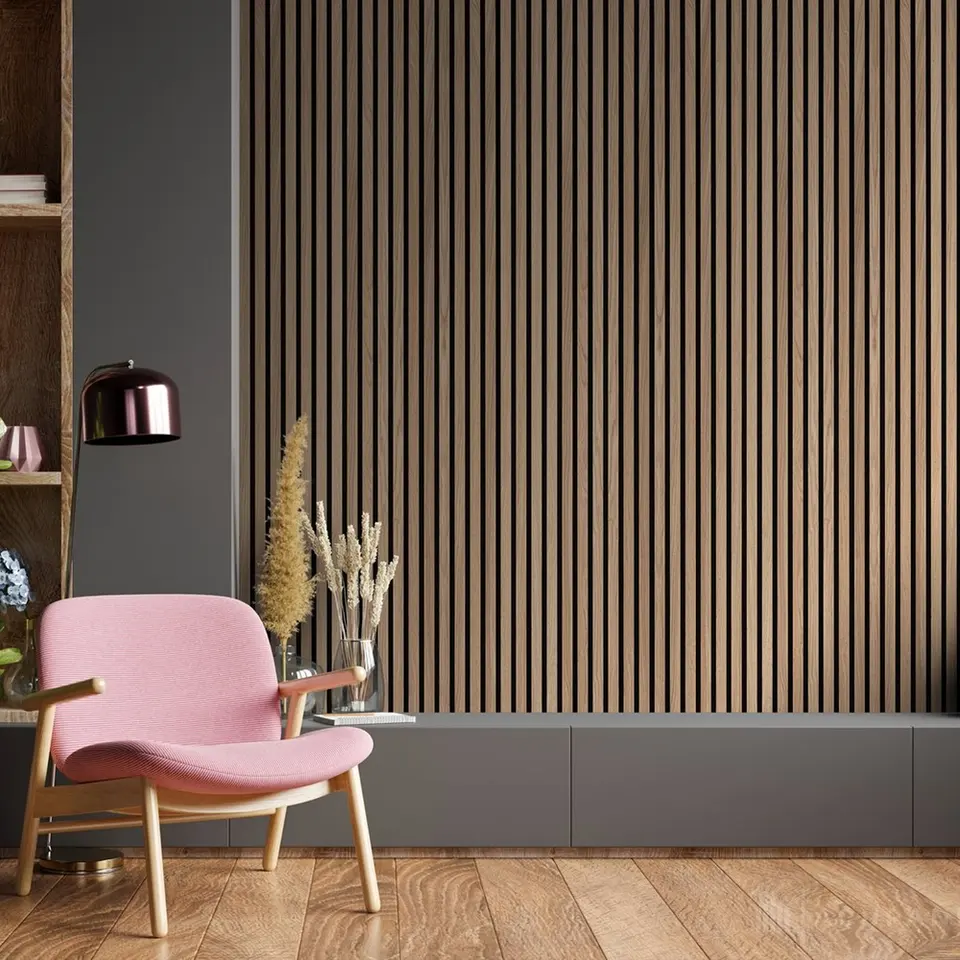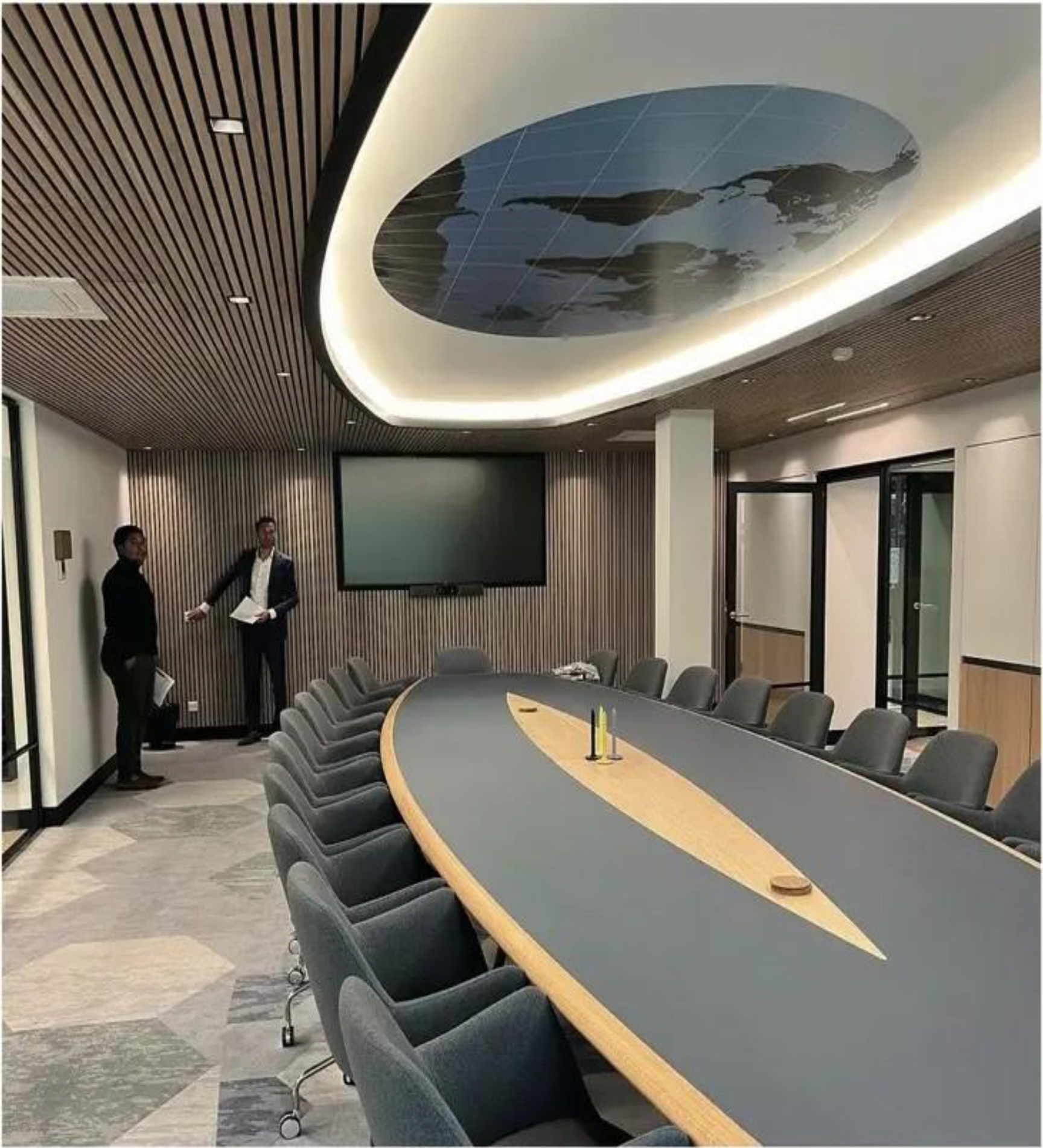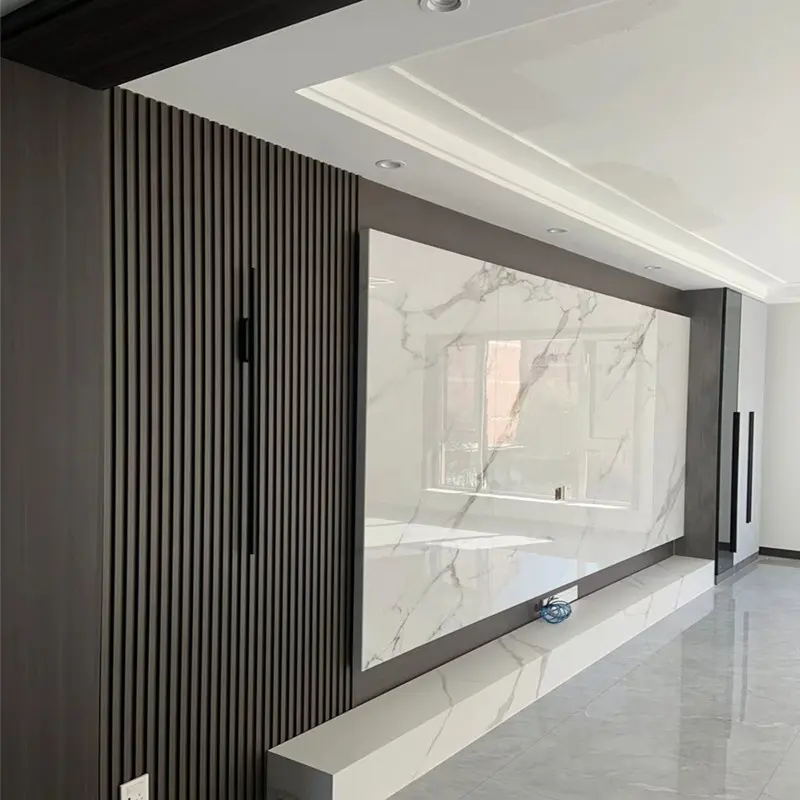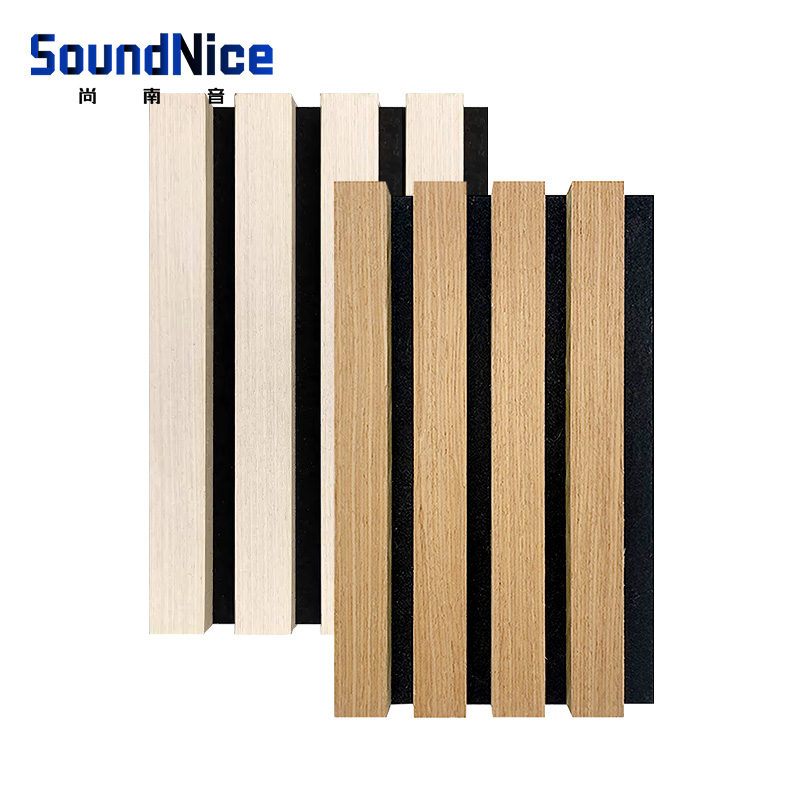
Can Grooved Acoustic Panels Be Used in Any Room?
Grooved acoustic panels are an increasingly popular choice for those looking to improve the sound quality of a room. These panels are designed to absorb sound waves and reduce the level of reverberation, resulting in a clearer and more pleasant listening environment.
However, a common question is whether grooved acoustic panels can be used in any room, or if there are certain limitations to their application. Maybe you can get some inspiration after reading this article.
Grooved Acoustic Panels
Firstly, it is important to understand what grooved acoustic panels are and how they work. These grooved wooden acoustic panels are designed with a series of grooves or perforations that allow sound waves to enter and be absorbed.
The depth and spacing of the grooves can be varied depending on the desired level of absorption, and the panels can be installed on walls or ceilings to create a more acoustically balanced space.
Can Grooved Acoustic Panels Be Used in Any Room?
Let's consider whether grooved acoustic panels can be used in any room. The short answer is yes, they can be used in most rooms where improved sound quality is desired.
However, there are a few factors to consider when determining whether grooved acoustic panels are the right choice for a particular space.
Size of the Room
The size of the room should be taken into account. If a room is too small, the installation of grooved acoustic panels may result in over-absorption, leading to a "dead" or unnatural sound.
On the other hand, more wooden grooved acoustic panels may be required to achieve the desired level of absorption in a large room.
Intended Use of Your Room
The intended use of the room should also be considered. Grooved acoustic panels are commonly used in recording studios, home theaters, and concert halls where high-quality sound is critical.
However, they may not be necessary for rooms where sound quality is not a priority, such as a kitchen or a bathroom.
Room Aesthetic
The aesthetic of the room should also be taken into account. Grooved acoustic panels can be designed to match the decor of a room, but some people may find their appearance unattractive.
In this case, other acoustic treatment options, such as fabric covered sound absorbing panels or wooden acoustic diffuser panels, maybe a better choice.

What Needs to Consider When Using Grooved Acoustic Panels?
Placement of the Grooved Acoustic Panels Within the Room
One important factor to consider when using grooved acoustic panels is the placement of the panels within the room.
The position of the panels can have a significant impact on their effectiveness. For example, placing the panels in the corners of a room can help to reduce bass frequencies, while placing them on the walls behind the speakers can help to reduce mid-range frequencies.
The Thickness of Grooved Acoustic Panels
Another consideration is the thickness of the panels. Thicker panels are generally more effective at absorbing sound, but they can also be more expensive and difficult to install. Thinner panels may be a better option in some cases, such as in smaller rooms where over-absorption is a concern.
It's also worth noting that while grooved acoustic panels can be effective at reducing reverberation and improving sound quality, they may not completely eliminate all sound issues in a room.
In some cases, additional acoustic treatments may be necessary, such as bass traps or wooden acoustic diffuser panels.
Finally, it's important to choose the right type of grooved acoustic panel for the specific needs of a room.
There are a variety of different types of panels available, each with different characteristics and performance capabilities. For example, some panels may be better suited for reducing echo in a large room, while others may be better for improving speech intelligibility in a conference room.

Conclusion
In summary, grooved acoustic panels can be an effective solution for improving sound quality in a variety of different rooms, but it's important to consider factors such as room size, intended use, placement, thickness, and panel type when choosing and installing the panels.
If you are unsure whether grooved acoustic panels are the right choice for your room, it is recommended to consult with a professional acoustic consultant or installer who can provide expert advice and guidance. With the right choice of acoustic treatment, any room can be transformed into a more pleasant and enjoyable listening environment.









Leave a comment